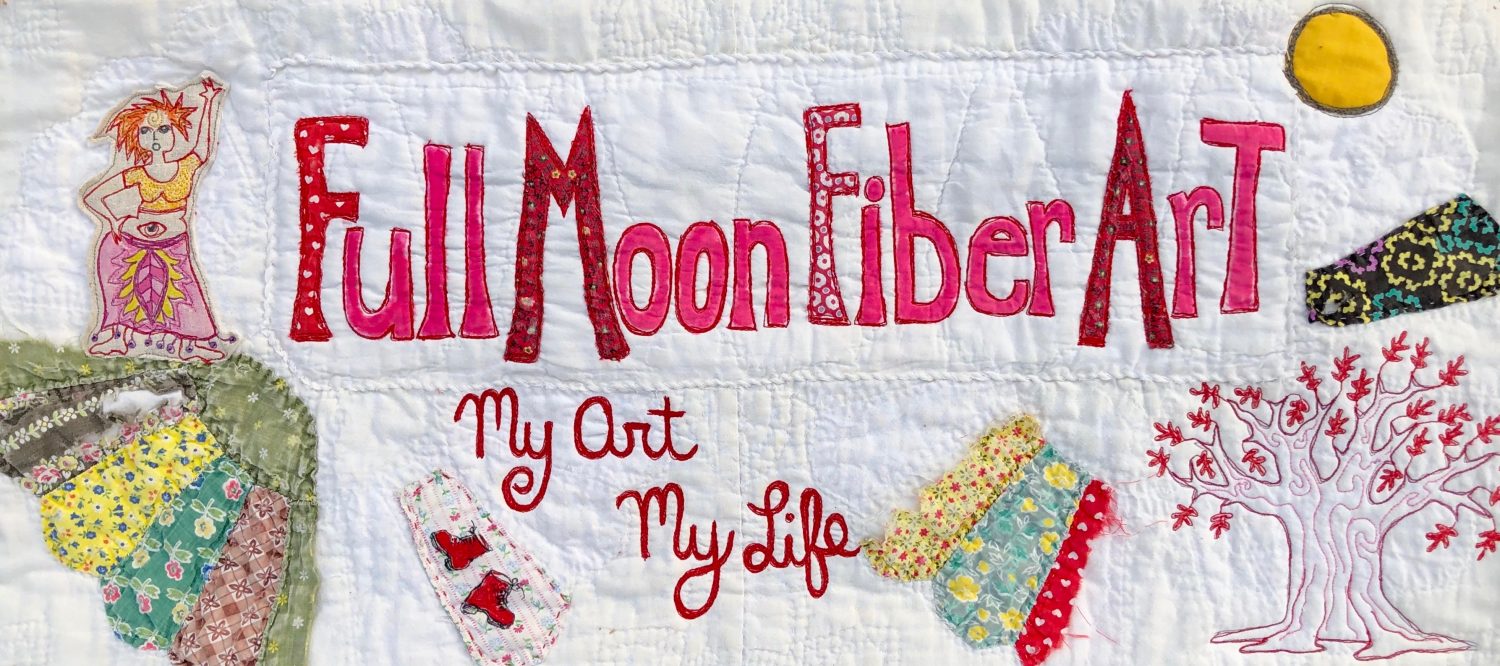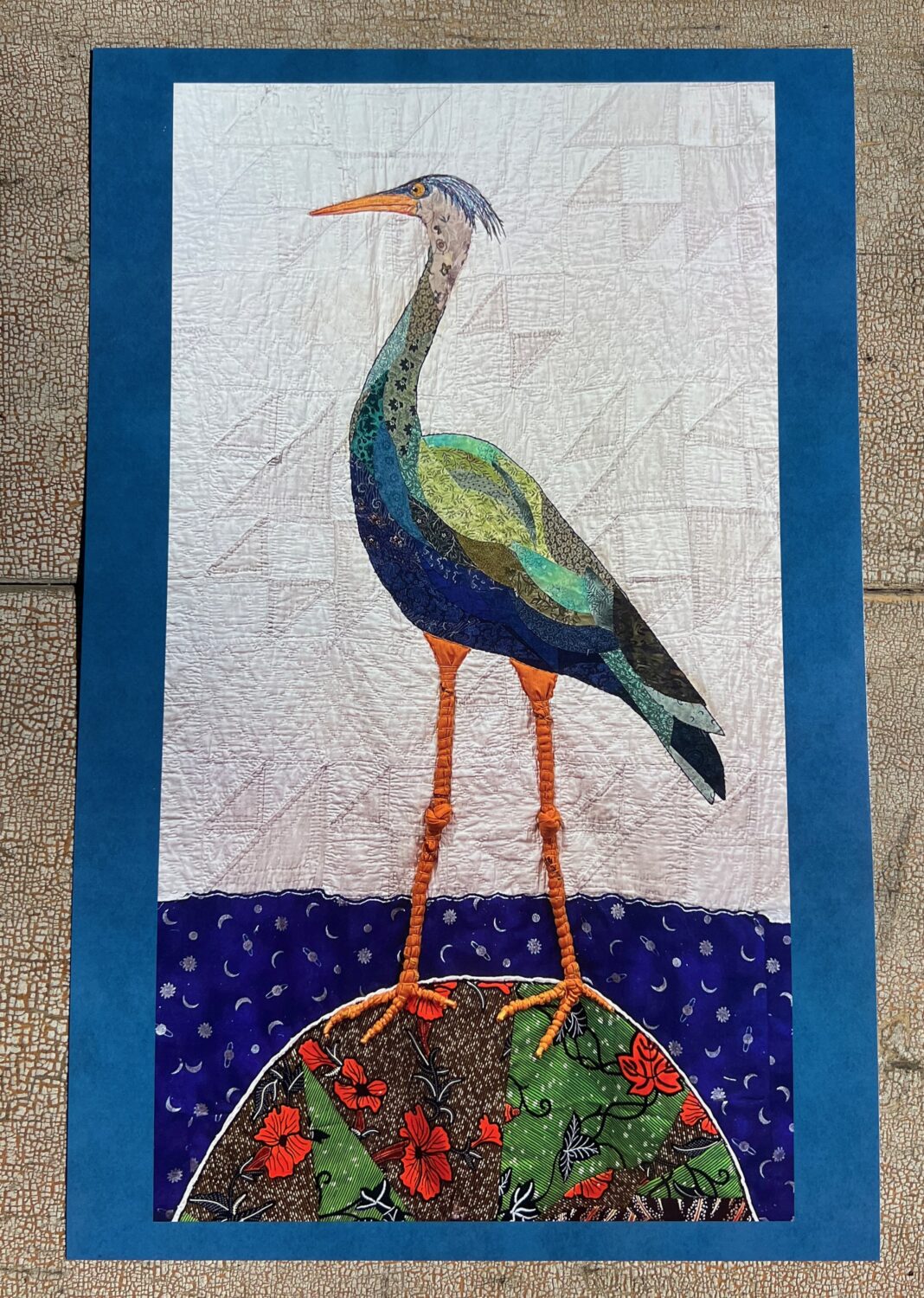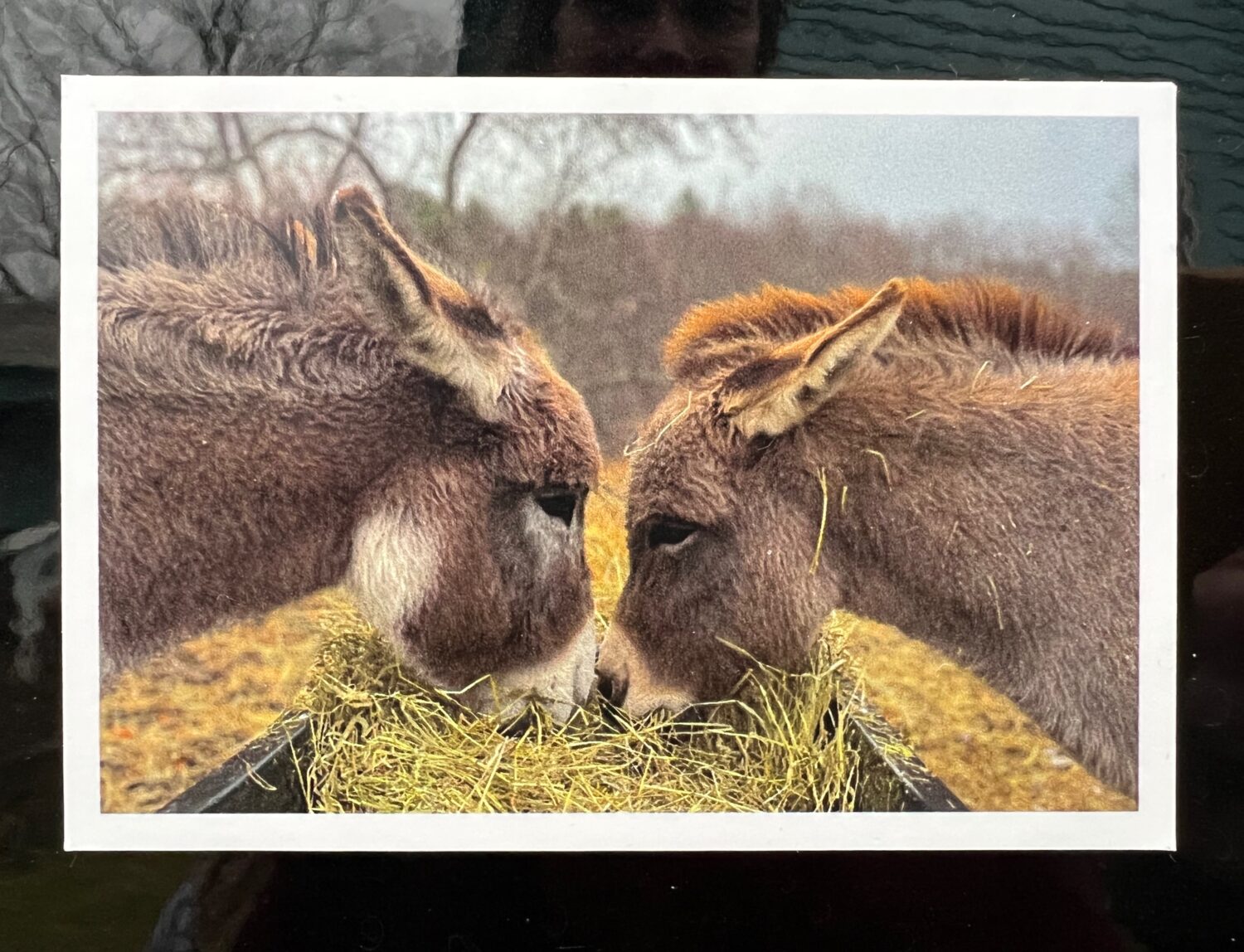
I sat across from my mother in the diner and handed her my iPhone with the picture of me bellydancing. “Oh,” she said, “you look so cute”. Then continued staring silently at the photo, her lips pursed, her eyes soft.
“It looks like you’re looking at a puppy,” I said to her.
My mother has always, and continues to infantilize herself and the women around her. I knew if I showed her the photo of me bellydancing she’d call me cute. Just for that reason, I wasn’t going to show it to her. My mother calling me cute has become a “thing” between us. It began when I was old enough to want to be taken seriously and everything I said or did, no matter how important it was to me, was described by her as “cute”.
Now at 54 years old, it still gets to me. She calls me cute and I’m that teenager again, struggling to be heard, to be taken seriously. My mother, who is 89, is aware of this, we’ve talked about it, but it doesn’t stop her from saying it.
It’s one of the things that keeps me from opening myself up to her. Makes me careful about what I say and don’t say to her.
Sitting across from my mother I watched her looking at the photo of me bellydancing and wondered what she was seeing. Certainly not the same thing I saw. Maybe she saw a little girl in a dance recital, all dressed up in her pretty dance costume.
I didn’t plan on showing my mother the photo. I did it because I was telling her about my bellydancing class and she said that she imagined it was good exercise and I must have a very flat stomach from all that dancing.
My mother was trying to make sense of what I was doing the only way she knew how. Though the eyes of looking a certain way, for men. My father, who died over 20 years ago, in particular.
I told her that I didn’t have a flat belly and my stomach hung over the waist of my skirt. I told her how we bulk up our skirts to give us bigger hips, so there’s more movement when we dance.
That’s when I showed her the photo.
Once more I risked being misunderstood in order to explain myself to my mother. Forty years later, I was still trying.
I clicked on to another photo of me and the other women in my Bellydancing class hoping she would see what I saw. “Look at the stomach on that one,” she said. My father’s words came out of her mouth. She had embodied them. How many times had I heard that growing up.
“No,” I said, probably too loudly.
I got up from my side of the diner booth and sat next to her. She was denigrating my tribal sisters. “These women are beautiful, their bellies are beautiful and their hips are beautiful,” I told her. I moved my hand in a figure eight mimicking the movement of our hips when we did a taxeem. I could see and feel the beauty and power of the move and was determined for my mother to see it as I did.
I pulled up one of the videos of the Sister’s of the Shawl dancing during the Open House. She watched silently as I explained that we don’t dance for men. In fact, in the type of bellydancing we do called American Tribal Style, the outfits were designed to cover the parts of a woman’s body that is traditionally most sexy to men. We cover our legs with long skirts, cover our hair with turbans and wear a coin bra, like armor, over our choli.
We dance for ourselves and each other.
I saw this the first time I watched the Sister’s of the Shawl dance over a year ago. It wasn’t just the beauty of their movements, it was their attitude and confidence that moved me to tears. I wanted what they had.
As I pulled up another video I told my mother the story of how Fat Chance Bellydancing, which ATS was derived from, got its name. The founder was asked by a man if she would dance privately for him. She told him, “Fat chance.”
I know as I was trying to explain my bellydancing to my mother I was also trying to combat the ideas and beliefs that still sometimes plague me about my own body image. She handed me the soap box to stand on and was a captive audience.
A life long opera and ballet lover, my mother could see the beauty in the video of the Sister’s of the Shawl dancing. Probably, more than all my words, that was the most helpful in her coming close to understanding what I was saying.
When I thought about it later, I realize that my mother calling me cute when she looked at the photo of me, didn’t have the same effect as it used to.
Maybe because I was able to get a glimpse into what my mother may have been seeing. Maybe because I was able to speak honestly, without getting upset or angry.
I’m not really sure if my mother got what I was trying to say about bellydancing and what it means to me. That it’s not just some cute thing that me and the other women in my class are doing. But it doesn’t matter to me so much either.
Although it would be really nice if she understood, I’m no longer looking for her approval or acceptance.















… give me the serenity to accept the things I cannot change, the courage to change the things I can and the wisdom to know the difference.
Good work, Maria.
Thank you Janet.
Maria, your gift of caring enough to give the time opened a window for your mother. A fresh breeze will now broaden her frame of reference. Education broadens us and we in turn can confidently pay it forward with love. Your gift was inestimable. I know because it was done for me.
That’s so good to hear Veronica. And a lesson for me too, to take the time in a in an honest way.
What a great breakthrough!
I think so Susan.
Oh wow, Maria, you are really so brave. Maybe you don’t think so, but I do. Wanting approval from our first Gods, is better than needing it, I think. It is progress. It has taken a long time for me to come to love me – in my way, rather than the world’s way. And dang, it takes continuous work as we are bombarded with “what we should look like, do, be, say” by the world on a daily basis. My counselor says parents can only transmit what was given to them. Still doesn’t take the sting out of it for me, and kind of does help me feel more compassion for them, and yet, I am still guarded. Progress, not perfection. Thank you for inspiring all of us to love ourselves, our whole selves.
I don’t imagine it’s ever over Karla, I just figure out how to deal better. Thanks for your message.
Powerful and honest. I share some of these feelings as well. I have felt a strange sense of shame when I have shared certain things with my own mother and her response to it. I don’t know where all of that comes from, but reading your post I am having a flicker of insight. I have shied away from the uncomfortable feelings of it.
I know what that feels like Janet. Sometimes I read something and it pulls up a certain feeling that’s I’d rather push away. Sometimes I do and other times I let the feeling permeate. Mostly when I do this it goes away by itself.
This brought back memories of many interactions w/my mom. I hope my daughters think of their interactions w/me in a different way from my interactions w/my mom.
I don’t have children Jaqueline, but I think being aware and being able to talk about these kinds of things is sometimes all you can do. And that’s a lot.
OH! MARIA!! SUCH HONESTY EXPESSED SO ELOQUENTLY! Our families are fraught w/such enmeshed emotions and unrealistic expectations. I just gave up trying w/ mine. BLESS YOU for being so patient & loving w/ your mother. Annie
Good for you too Annie.